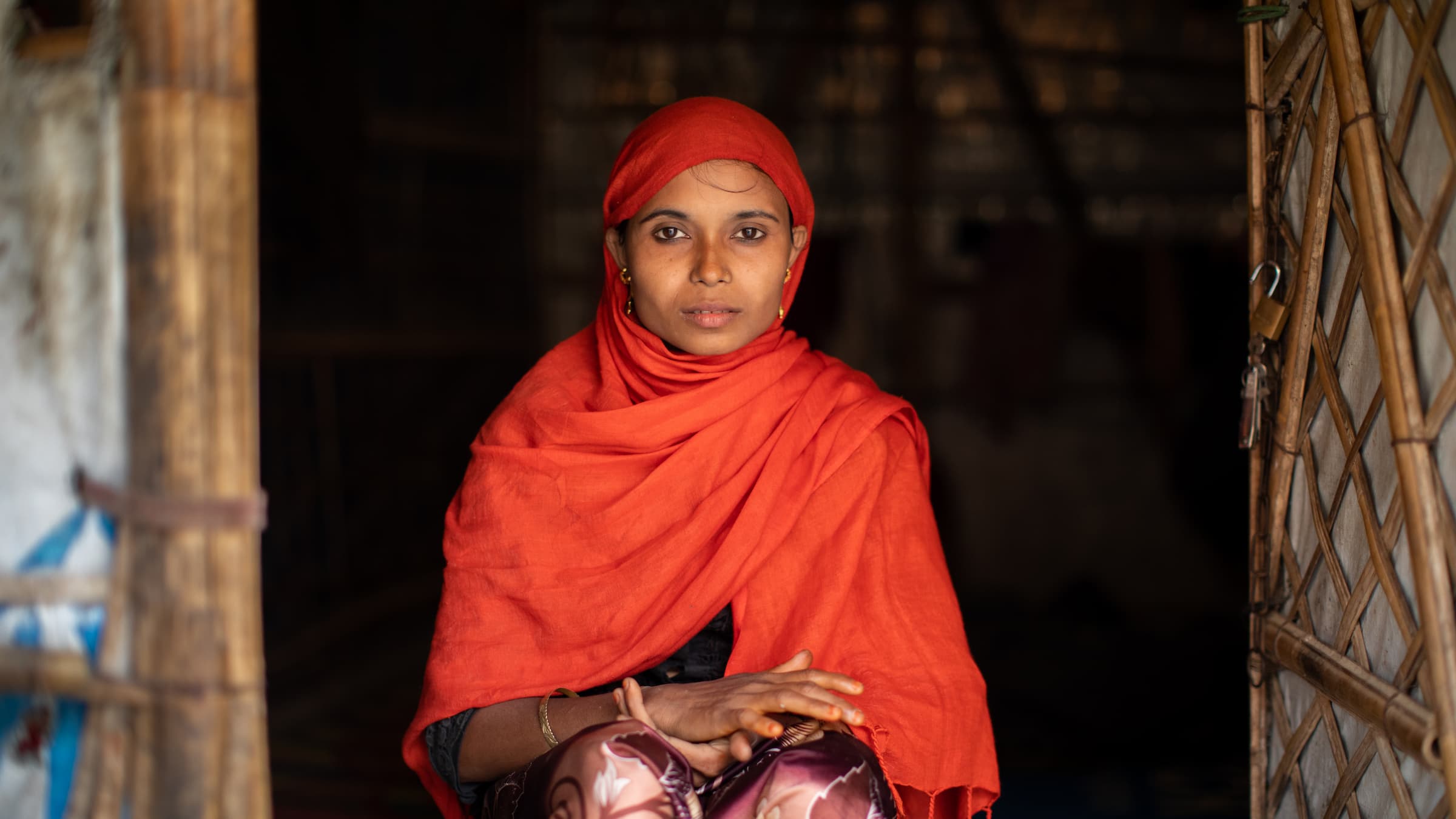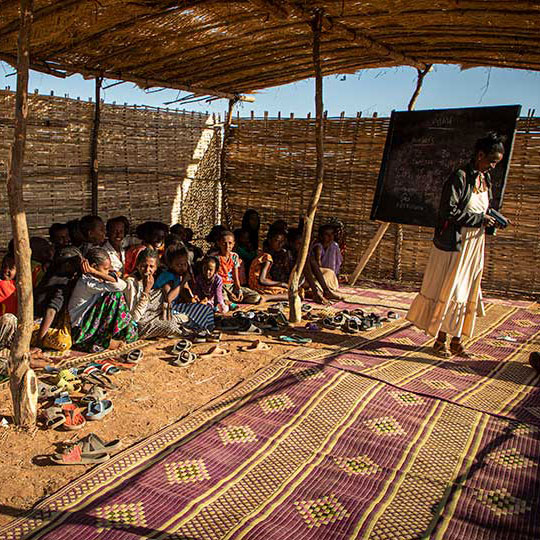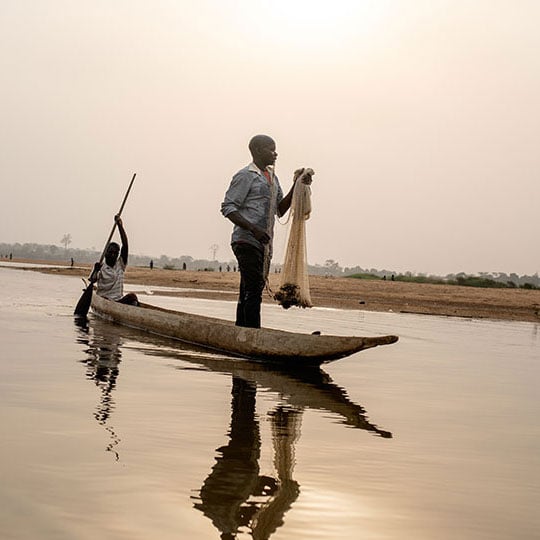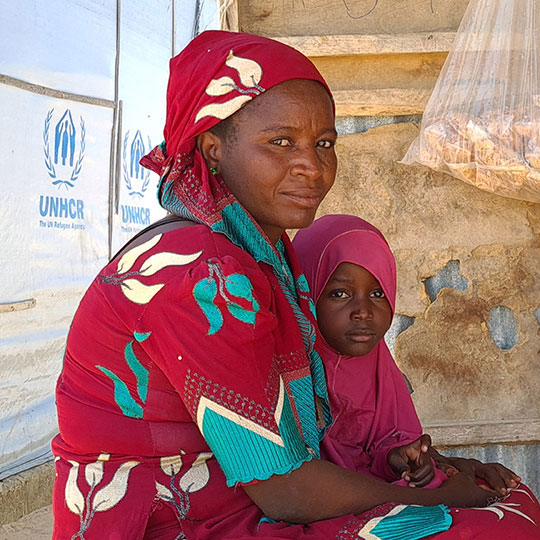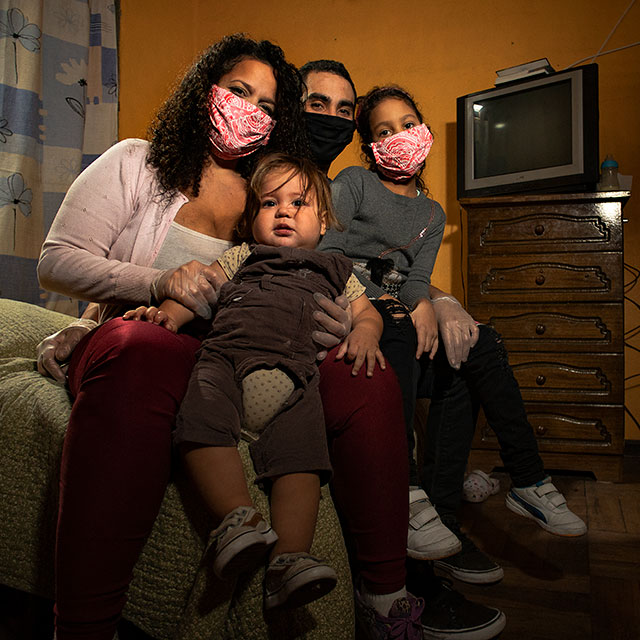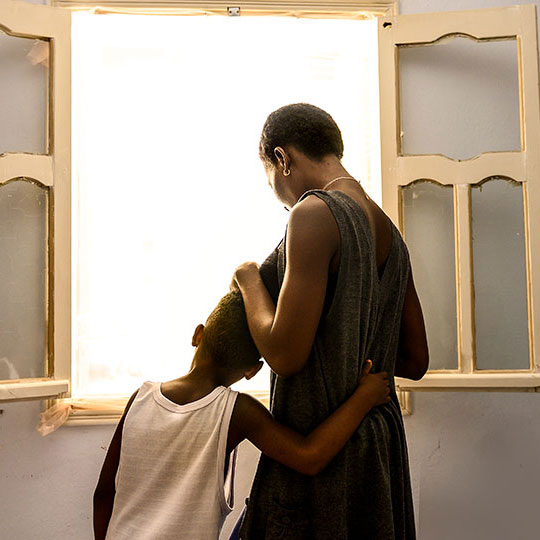A more recent version of the Global Report is available. View the latest report
© UNHCR/Kamrul Hasan
GLOBAL REPORT
2020
The Global Report is complemented by the Global Trends, which sets out comprehensive data on forcibly displaced population.
A year, and an emergency, like no other
In 2020, to protect and assist 91.9 million people of concern
UNHCR’s budget was
It mobilized
IN CONTRIBUTIONS
Its expenditure was
in
COUNTRIES AND TERRITORIES
Citizens everywhere looked to their governments for help, and the risks were high that many of the 91.9 million people of concern to UNHCR would fall through any cracks in the response. Many displaced people were already living in tenuous and vulnerable situations, and many lacked access to the national health or social services that were vital for mitigating the risks and impact of the pandemic.
COVID-19 – a threat to protection, basic needs and livelihoods
As the COVID-19 crisis unfolded, border closures raised barriers to safety, asylum and a chance of resettlement away from danger.
Border closures
May and June 2020 saw the highest level of movement restrictions with nearly 170 countries out of 195 closing their borders either partially or completely.
The pressure of the situation also translated into violence at home: rates of domestic violence rose alarmingly, especially intimate partner violence. In Afghanistan, for example, 97% of forcibly displaced women interviewed for an assessment reported an increase in intimate partner violence, as did 69% in Jordan and an average of 73% in a multi-country assessment in 15 countries across Africa.
Working with forcibly displaced women and girls themselves, UNHCR adapted its programming, updating online guidance and tools and expanding community mechanisms. And for those already dealing with the stress of being uprooted, the pandemic created an added psychological burden and increased protection risks, often disrupting care for those with existing mental health conditions.
2 million
women and girls assisted through dedicated 24/7 helplines
647,000
people assisted with mental health and psychosocial support in 75 countries
1.24 million
women and girls who accessed sexual and reproductive health services
16 million
people accessed protection services
2 million
women and girls assisted through dedicated 24/7 helplines
647,000
people assisted with mental health and psychosocial support in 75 countries
1.24 million
women and girls who accessed sexual and reproductive health services
16 million
people accessed protection services
The declaration of the pandemic, and UNHCR’s first global emergency declaration, triggered a huge reaction. UNHCR operations everywhere sprang into action, developing new virtual networks of support and communication and rethinking biometric identity verification so people could keep getting assistance without raising the risk of COVID-19 spreading.
With a collapse in incomes, many refugees faced eviction and extreme choices about how to make ends meet. UNHCR pushed everywhere for governments to bring displaced people under the umbrella of their health systems, and it supported those systems by providing critical equipment and supplies for hospitals and health workers.
64 million
medical masks (surgical N95/FFP2) procured
9.89 million
refugees and others of concern received essential health care
5.6 million
gowns procured
8.57 million
refugees and others of concern received cash assistance in 100 countries, and 80% of it was disbursed electronically
64 million
medical masks (surgical N95/FFP2) procured
9.89 million
refugees and others of concern received essential health care
5.6 million
gowns procured
8.57 million
refugees and others of concern received cash assistance in 100 countries, and 80% of it was disbursed electronically
While COVID-19 raged, UNHCR stayed and delivered for people in need
Beyond its COVID-19 emergency response, UNHCR strove to maintain vital programmes and activities so it could safeguard fundamental rights, continue providing life-saving support and assistance, and persevere with its solutions work to provide better futures for people of concern.
9.2 million
individuals (5 years and above) with biometric records in PRIMES in 75 country operations
5,516
45,974
best interests assessments for children conducted
63,200
stateless persons acquired a nationality, or had it confirmed
$36.2 million
worth of core relief items dispatched from global stockpiles to 43 countries
58.3 million
refugees, IDPs and stateless persons received COVID-19 assistance
Over 600,000
people received core relief items in emergency-affected countries
Over 150
staff deployed to support operations with their response
22,800
people benefited from UNHCR-facilitated resettlement departures
1.7 million
people of concern had access to a sustainable source of electricity
3.3 million
refugees or asylum-seekers benefitted from increased or expanded social protection
1.7 million
children enrolled in primary education
Transformation and funding
Transformation
COVID-19 was both a “stress test” for UNHCR’s newly decentralized design and an accelerator of change across pillars of transformation such as redesigned human resources and data information systems; results-based management; risk management; and its response to sexual abuse and harassment. UNHCR maintained its stepped-up response to situations of internal displacement; and took greater steps to deal with the impacts of climate change on people of concern and UNHCR’s own operations.
The pandemic also shook up the context in which 1,400 pledges were made at the 2019 Global Refugee Forum and High-Level Segment on Statelessness. Undaunted, many pledgers stepped up to fulfil their commitments, and many pledges were adapted or accelerated to support the response to the pandemic.
Funding
Despite the global economic challenges brought by COVID-19, solidarity with and for refugees persevered. The major host governments, themselves often relying on fragile health systems, did not hesitate to include refugees in their health responses. Donors—governmental and private—stepped up to fund a large percentage of UNHCR’s COVID-19 response.
Top among donors to UNHCR’s budget were the United States, Germany and the European Union. There were high levels of unearmarked funding from donors such as Sweden, the United Kingdom and España con ACNUR, UNHCR’s national partner in Spain. Indeed, the private sector exceeded funding projections, contributing $537.5 million.
What’s next?
This was an unprecedented response in an unprecedented year.
However, it still saw over 41% of UNHCR’s needs-based budget unfunded, and too many people of concern saw their needs go unmet. With conflict, climate-related disasters and COVID-19 pushing into 2021, displaced and host communities remain vulnerable, and they have a right to be protected and assisted. Vaccination campaigns have barely begun to reach refugees and other people of concern to UNHCR. Although some governments are wisely including displaced people in their vaccination plans, access to vaccines risks becoming a dangerous new faultline of inequality.
For the support for, and solidarity with, refugees and forcibly displaced people in 2020 shown by hosting states and communities, by donors, and by ordinary citizens, UNHCR is profoundly grateful.
For more information visit the Global Focus website
The Global Focus website is UNHCR’s main operational reporting platform for donors. Regularly updated, it complements and augments information in the Global Report with greater detail on UNHCR operations, data on key operational themes and objectives, and in-depth information on UNHCR’s budgets, funding and expenditure.

